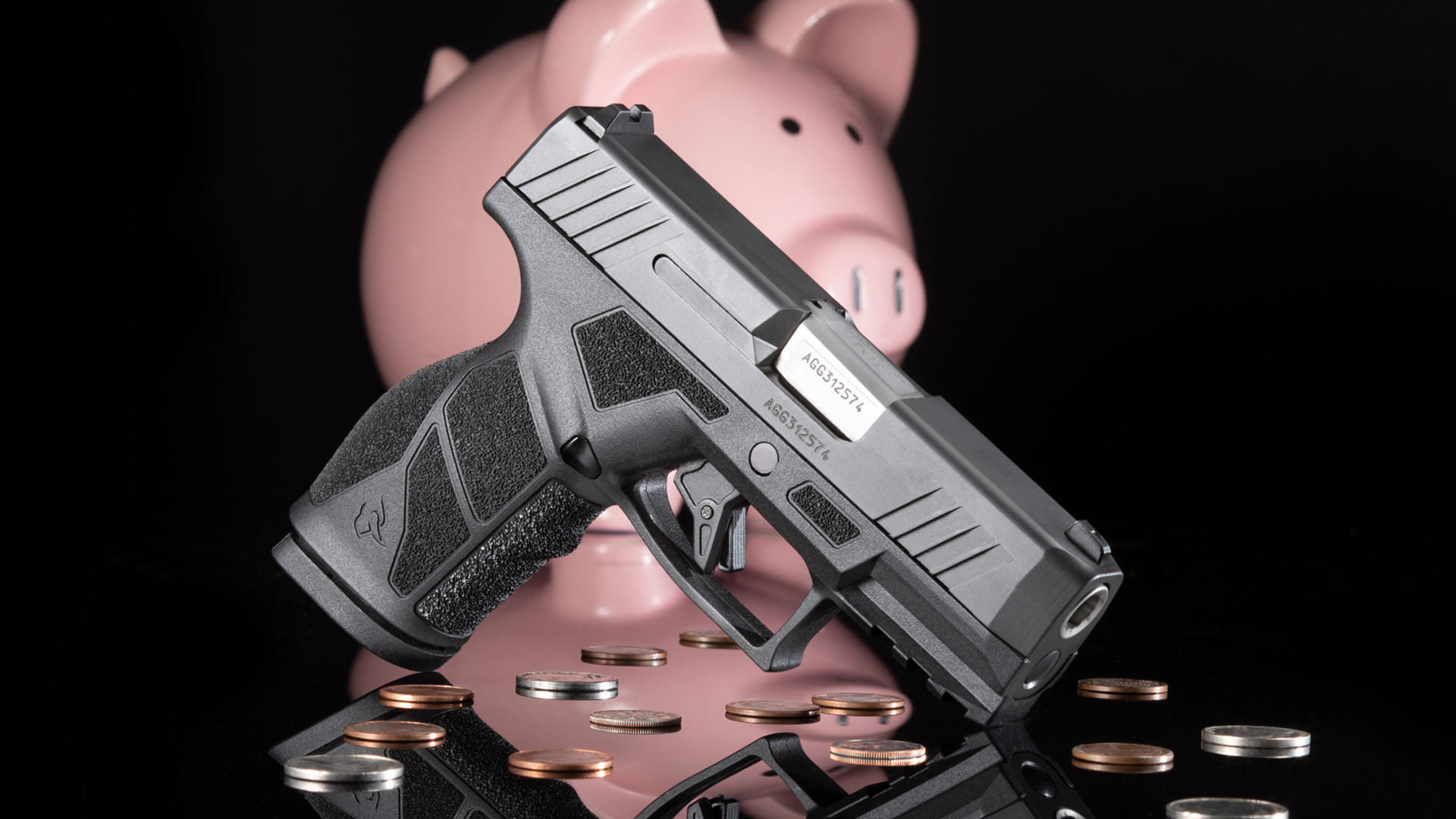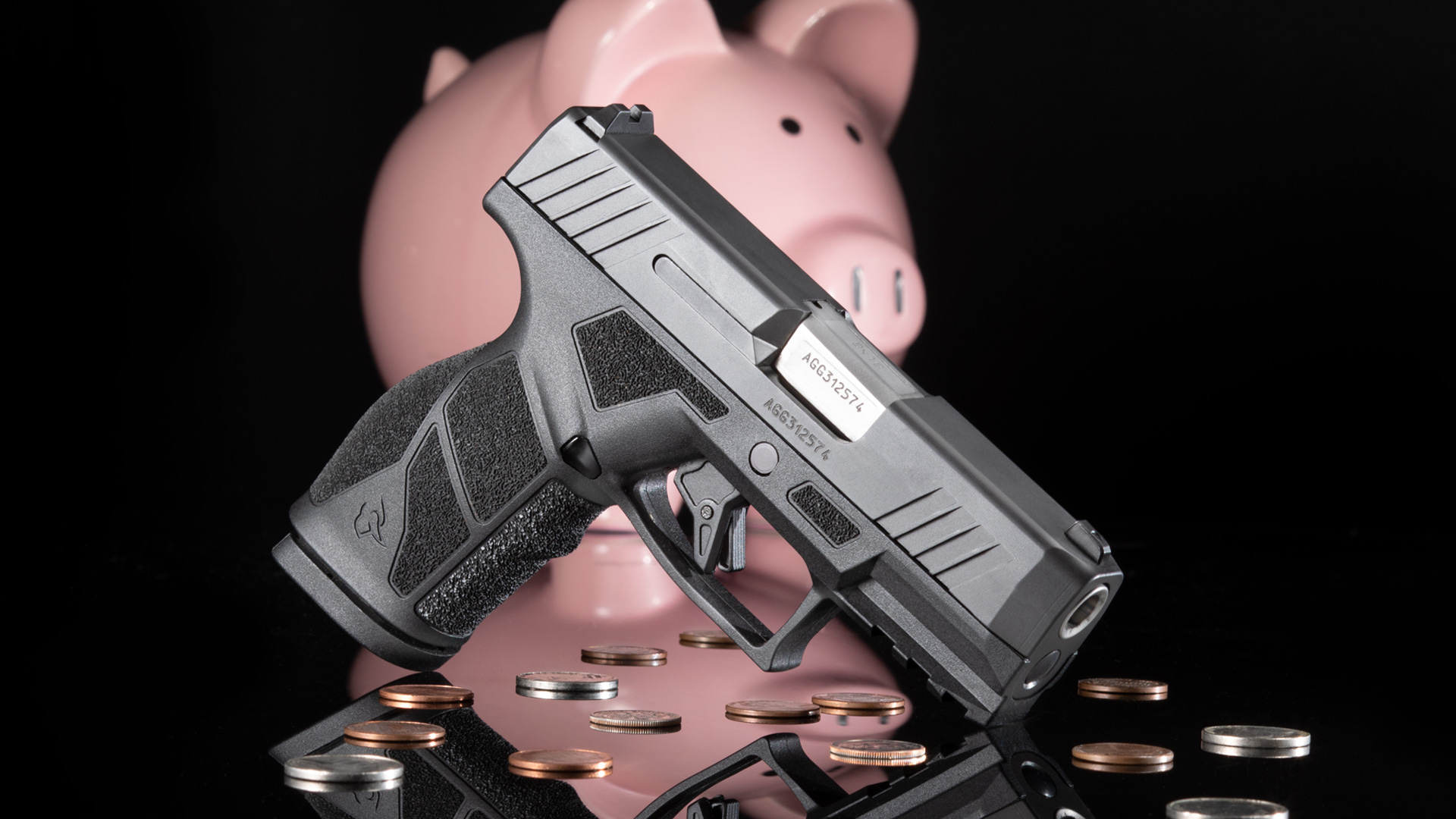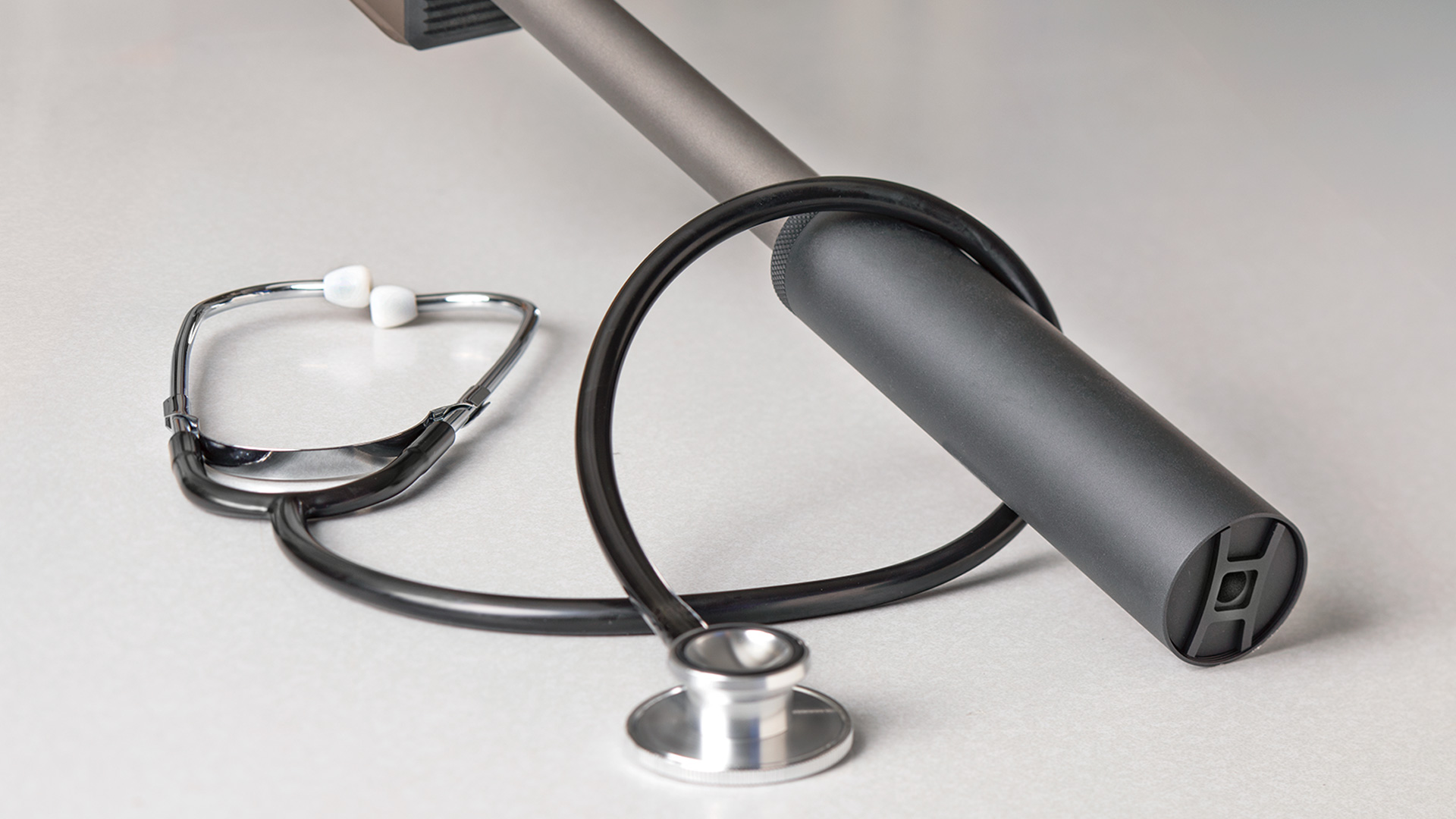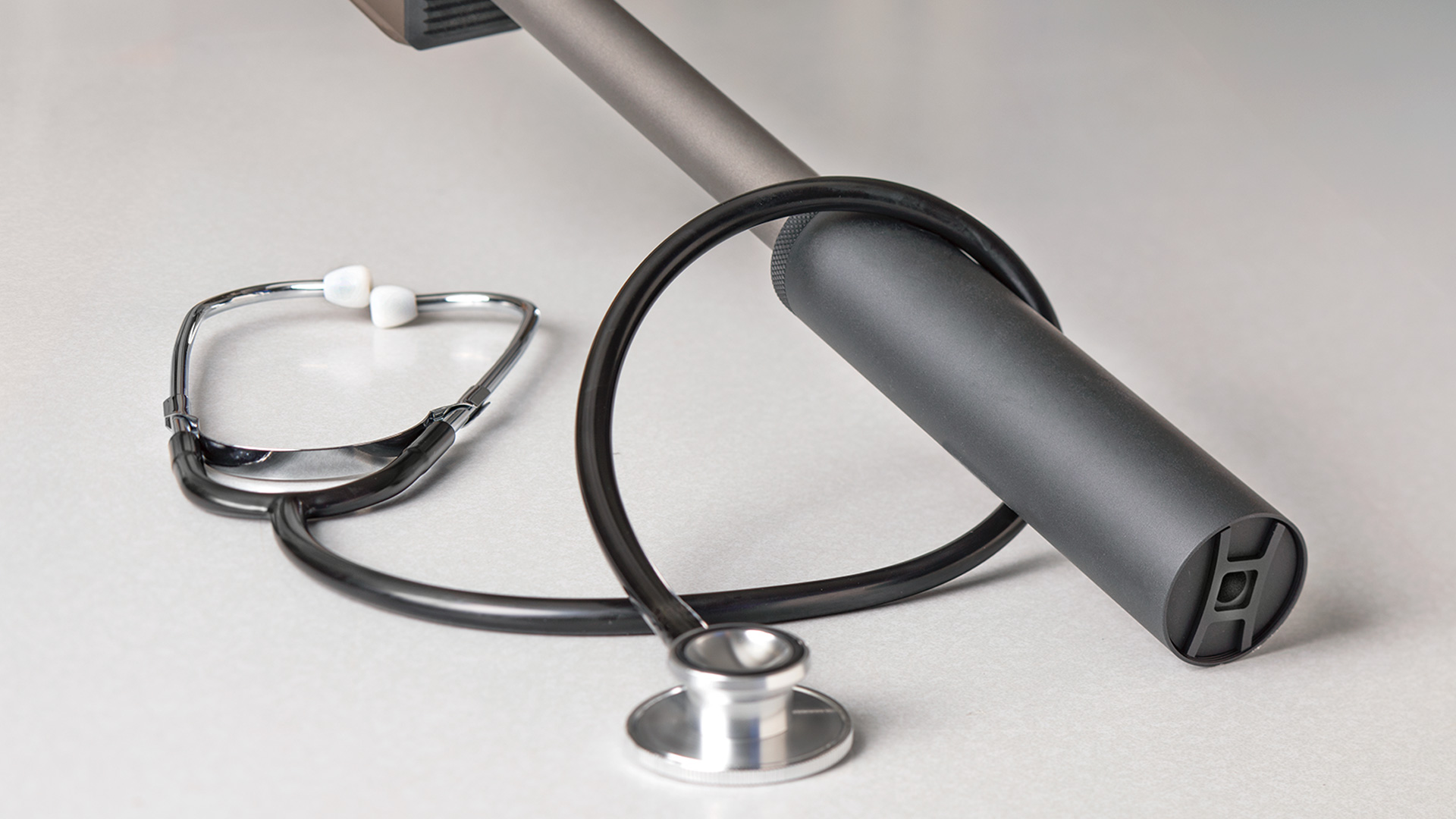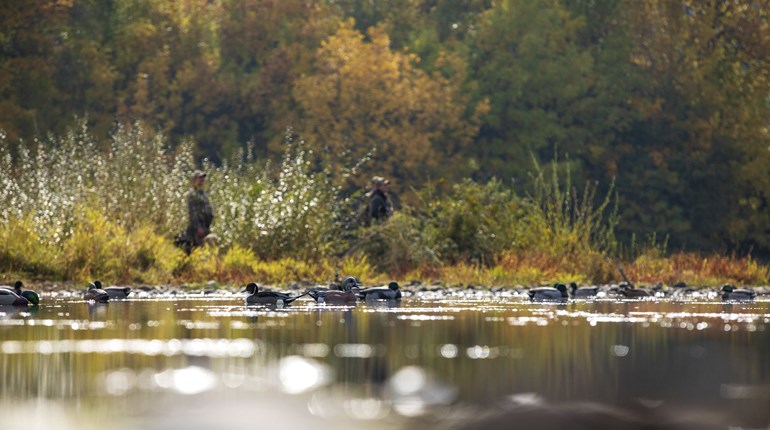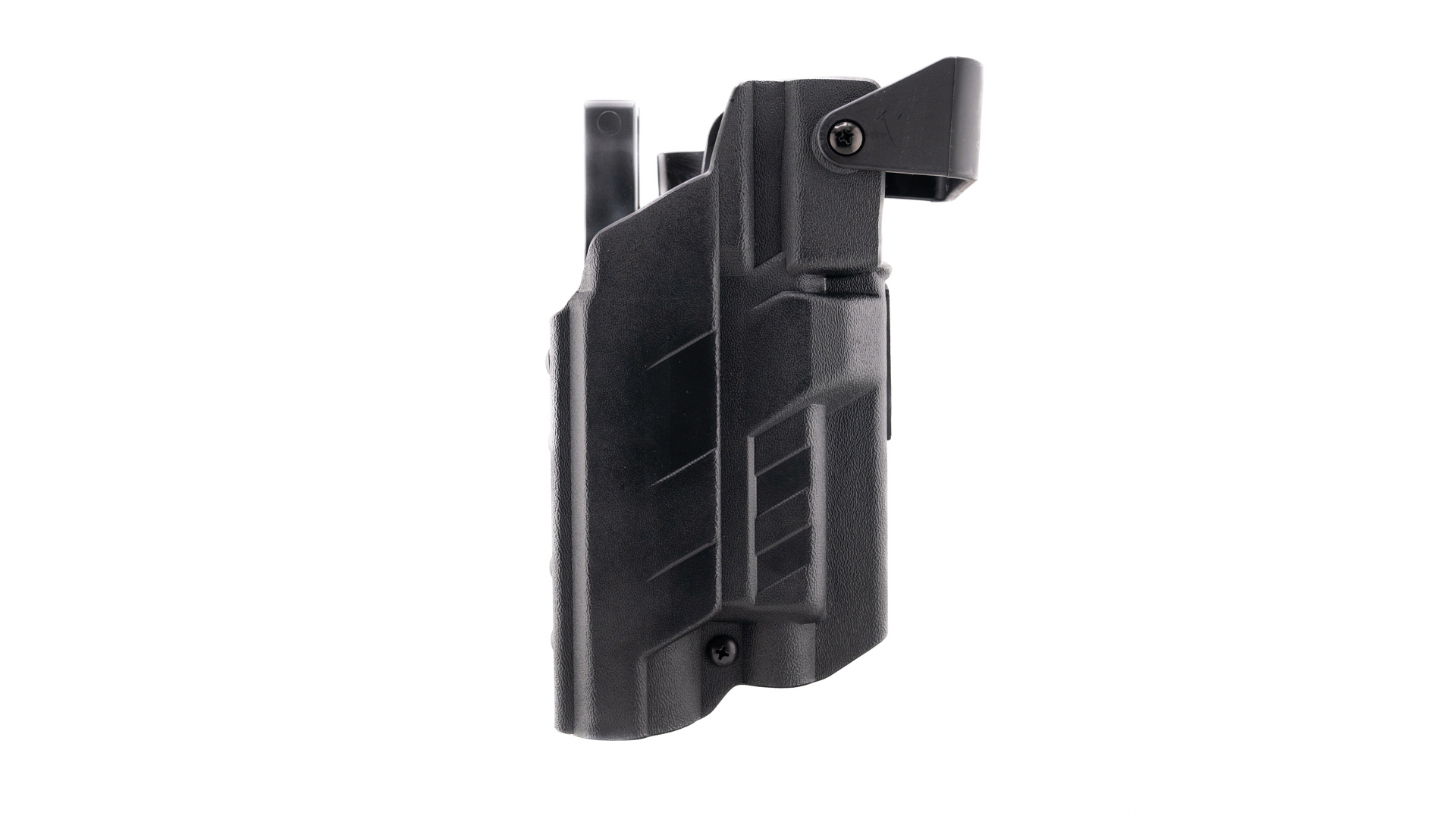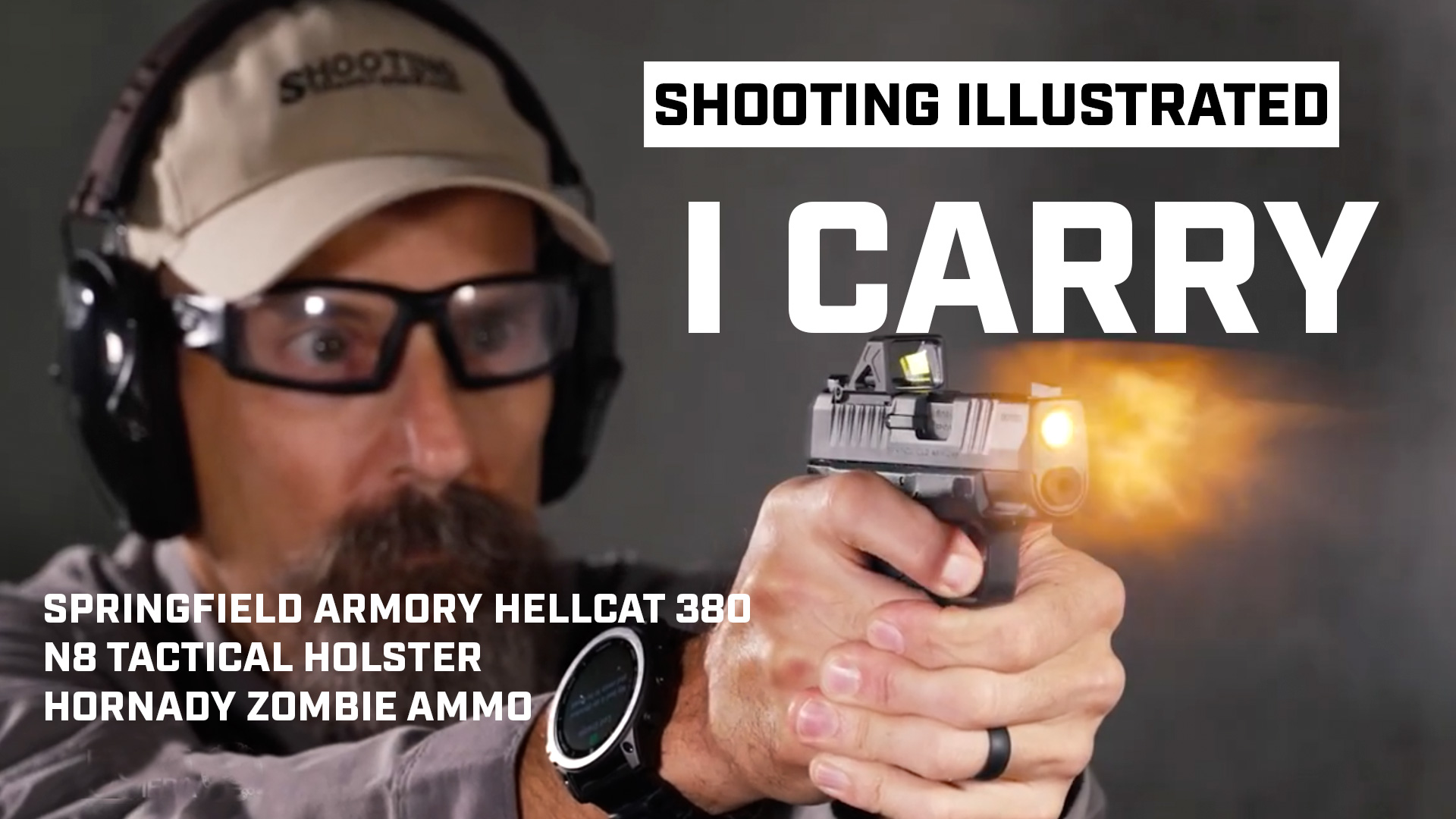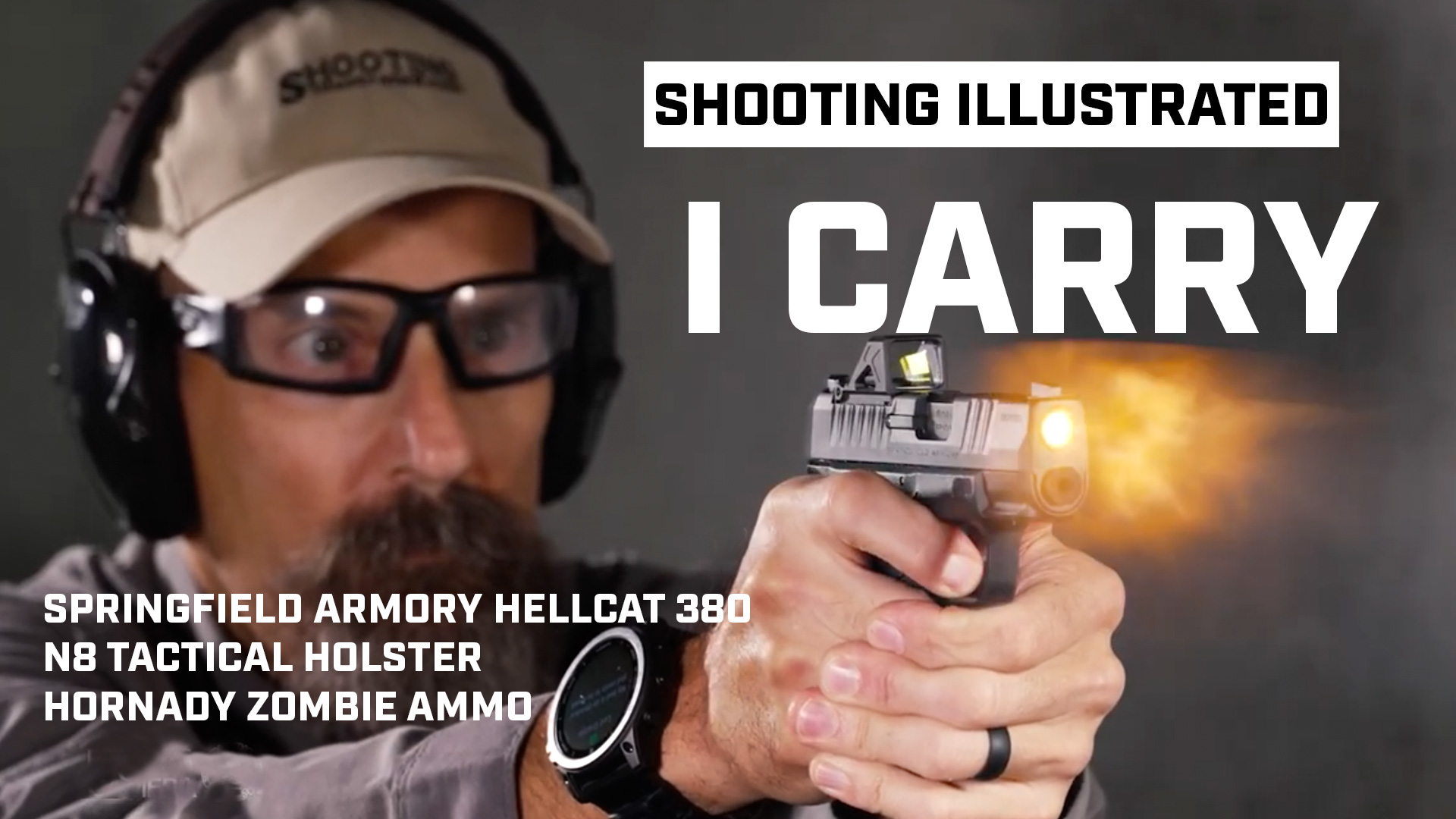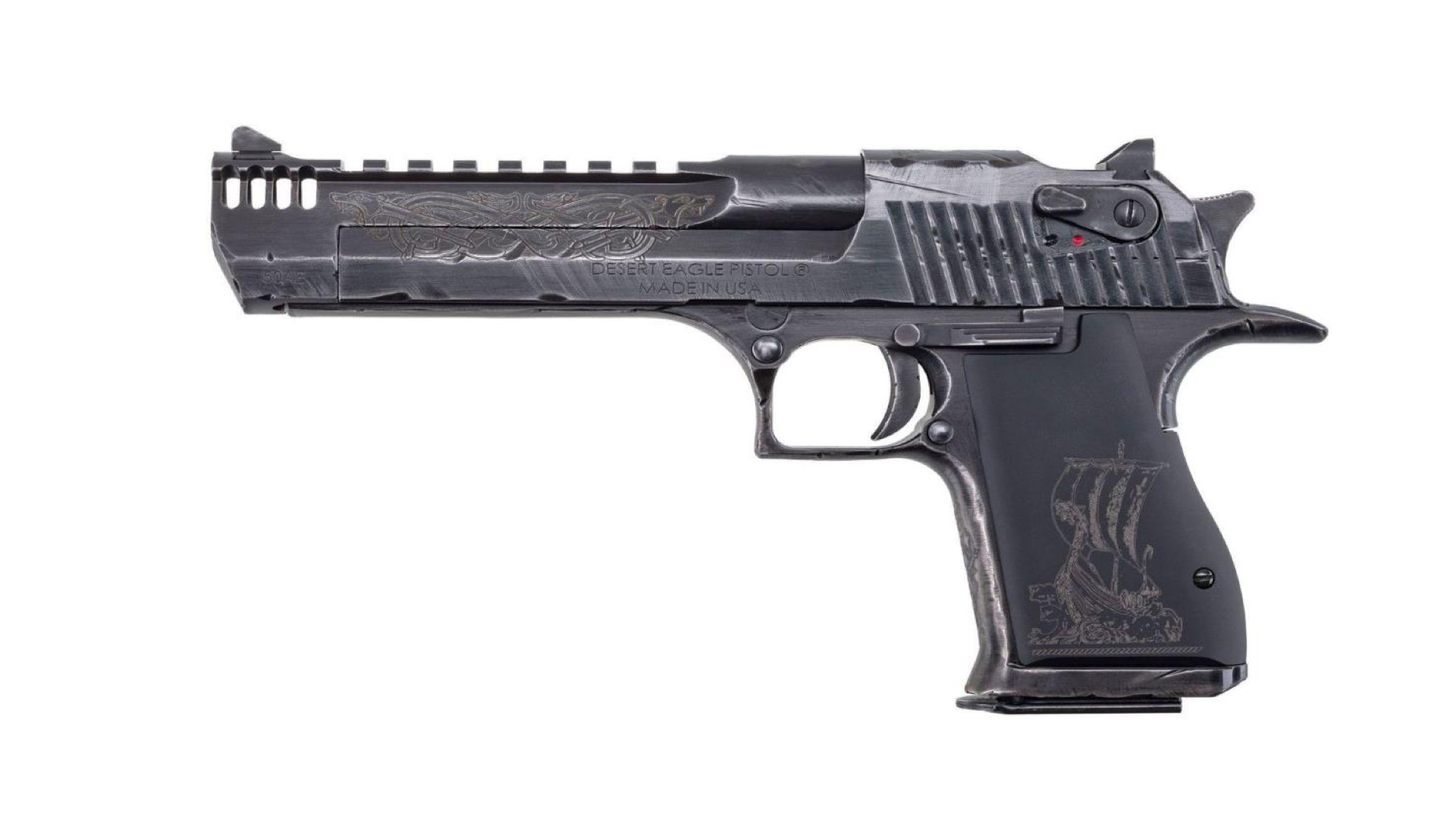
Grip and hold on the firearm are often viewed by handgun shooters as one and the same. However, seasoned defensive and competitive shooters break down handgun shooting stability into two distinctly but equally essential subcomponents: grip versus hold.
When someone reaches for a tool to fix or solve a problem it becomes an extension of their will to solve that problem. The connection of that object to your hand transforms a piece of steel, wood or whatever material into a useful tool. Whether it be a hammer, screwdriver, saw or firearm, you must first establish a connection to employ it for its intended function. The common term applied to this connection is "grip."
Handgun Grip
To the defensive shooter, a pistol is a life-saving tool utilized as a reactive measure to solve a tactical problem. Optimal control of such a tool is paramount. The bedrock of such control is having a good grip.
Acquiring a good pistol grip begins in the holster. Drawing from an open or concealed-carry position requires one or more additional steps based on the level of concealment and/or level of retention. Upon defeating any cover garment(s) and/or retention devices, you may then gain a positive grip on your pistol while in the holster. Once presented, optimal control is offered with one or both hands by what is defined as a "good grip."
By definition, a good grip means the strong hand is placed up high on the backstrap, as close as possible to the bore line so that the slide, sights and barrel are aligned with the shooter’s forearm. The trigger finger lights parallel to the muzzle outside holster.
Once drawn, the pistol is best arranged so that the slide, sights and barrel are aligned in the web of the strong hand and structurally supported by the bone of the forearm. This enables the shooter’s skeletal structure to not only support the pistol, but to best manage recoil via reduced muzzle flip, affording efficient follow through and consistent realignment.
Welding the support hand to your strong hand should do exactly what it was designed for—support the strong hand to form a good grip. The support hand provides a secondary brace to establish the greatest amount of stability available to the shooter, given their physical size and strength.
The forefinger of your support hand makes contact firmly up against the bottom of the trigger guard with no gap between all four fingers. The four fingers of your support hand interlock firmly with the lower three fingers of your strong hand in a manner as to not roll around on top of your strong hand fingers. They should also be applying pressure to your strong hand.
Both hands should be applying fore and aft pressure to the gun. This should be firm but not to the point of white-knuckling or shaking (affecting movement of the muzzle which affects round placement) or too loose that you attenuate control of the handgun.
Some shooting schools teach to pull toward you with your support hand and push away from you with your strong hand to establish linear control, further stabilizing fore and aft isometric tension. Keep your elbows slightly bent for use as shock absorbers. Shoulders should not ride high by your ears. If need be, you may turn the radial bone in your forearms inward or utilize your pectoral muscles for additional lateral support.
Handgun Hold
Hold is different from grip as viewed from several perspectives. One of the most traditional is the NRA’s Basics of Pistol Shooting program of instruction where "Hold Control" is listed as one of the five fundamentals of pistol shooting. Another is that of the defensive shooting and competition world where established industry shooting schools teach “setting and maintaining alignment” which is very different than a good grip.
Whether employing iron sights or carry optics on a pistol, application of the sight picture serves a different but equally as important function than grip. While a good grip firmly connects the firearm to your body to be utilized as an extension of your will and serves the function of stabilizing the muzzle in preparation for fire control, hold control is about application of either sighted or unsighted muzzle alignment with the target.
Whether shooting from retention or extended position alignment can be attained using your body (kinesthetic) and/ or your eyes (visual). Either way the concept is to hold the muzzle in alignment with the target in such a manner that it does not move out of alignment aka a "good hold."
The crux of the matter is that hold and grip, although two completely separate elements, are inextricably related. A decent grip with a poor hold doesn’t really buy you anything, even with a perfect trigger press (which is an entirely separate process but reliant upon grip and hold for success).
Developing a good grip is like learning how to write your signature for the very first time. It is equally as unique to every shooter. As your skill level increases so does your consistency. Can you grip the weapon the exact same way at least 85 percent of the time to build that consistency?
Same goes for hold. Too few instructors spend much time on teaching ‘hold’ as it is usually not considered a separate fundamental from grip. Hold is equally as important as grip—only with the two combined can you stabilize the muzzle for a successful trigger break.
Although is impossible to hold the pistol in a shooting position without some circular or oval motion of the sights; otherwise known as the “arc of movement” or “arc of wobble,” having a good hold allows the shooter to maintain target alignment throughout the entire fire control process.
A good grip with a good hold assists the pistol shooter in firing the shot without disturbing sight alignment and enables rapid realignment acquisition for subsequent shots.
Establishing a good grip and a good hold are separate but symbiotic skills and are core components of the shooting stability needed for on-demand repeatable performance.




